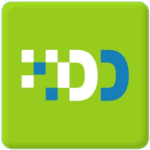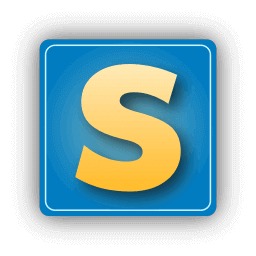
Auslogics Disk Defrag 12 is a vital maintenance tool that will improve your PC’s performance by defragmenting and rearranging files on your disk. This software was designed to remedy system sluggishness and crashes caused by disk fragmentation.
Auslogics Disk Defrag is user-friendly and requires no analysis phase, making it faster than most other disk defragmentation software. It helps you maximize the performance of your valuable hardware investments.
Auslogics Disk Defrag moves system files to the faster part of the disk, reducing hard drive access time. It also consolidates fragmented free space into a single, contiguous block, preventing new files from becoming fragmented.
Auslogics Disk Defrag 11 minimizes the growth of the VSS storage area and reduces the chance of overwriting previous VSS snapshots. You can set defragmentation to start automatically when the computer has been idle for 15 minutes.
This defragmentation tool is designed to optimize modern hard disks quickly, helping you maximize the performance of your hardware investments. It saves time by defragmenting only necessary files instead of the entire hard drive.
Auslogics Disk Defrag 12 is more than just a defragmenter; it’s a comprehensive disk optimizer. Despite its advanced disk optimization techniques, Disk Defrag remains incredibly compact and user-friendly.
Auslogics Disk Defrag Features:
- Free space consolidation. Disk Defrag merges free space into a big contiguous block. This technology significantly reduces future file fragmentation and improves disk access speed.
- System files smart placement. System files commonly used by Windows can become scattered across the disk and intermixed with data files. Disk Defrag organizes these files by defragmenting and relocating them to the faster sections of the disk. This reduces the time required for the HDD to access system files, enhancing overall computer performance.
- Enhanced user interface. The redesigned user interface integrates with the Windows Explorer context menu and minimizes the system tray when closed. Utilize the new customization settings to optimize the defragmentation process.
- List of fragmented files. After analyzing your disk, Auslogics Disk Defrag lists all fragmented files. You can sort the list to identify the most fragmented files and their locations. Right-click on any file in the list to defragment it directly.
Normally, the NTFS file system reserves about 12.5% of the disk volume for MFT records (where the system stores information about every file and directory). However, when disk space runs low, the MFT Reserved Zone can be utilized for regular files, potentially leading to MFT fragmentation. Auslogics Disk Defrag addresses this by relocating these files from the MFT Reserved Zone to other available disk space, enabling NTFS to allocate contiguous space for MFT records and prevent fragmentation.
More Advanced Features:
- Auto-defrag mode. Disk Defrag’s auto-defragmentation feature runs in real time when your system is idle. It seamlessly defragments your hard drives in the background without disrupting your work.
- Single file or folder defragmentation. Sometimes, it makes sense to defragment one or more individual files instead of defragmenting an entire drive. Auslogics Disk Defrag can save you time by defragmenting only the files you’ve selected.
- Scheduled defragmentation. Running Auslogics Disk Defrag regularly keeps your disks defragmented. Use its various scheduling options to set the most convenient time for disk defragmentation.
- Multiple Languages. Available in English, German, Dutch, Japanese, and Russian.
Changes in Auslogics Disk Defrag 12.1.0.0 :
Supported Operating Systems: Windows 7, 8, 8.1, 10, 11 (32-bit, 64-bit).
Size: 24.5 MB

